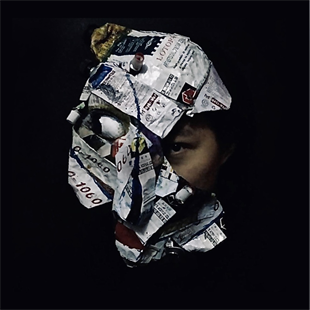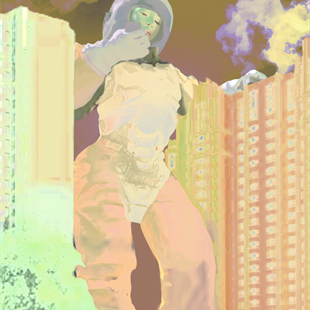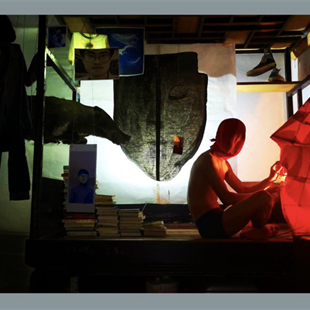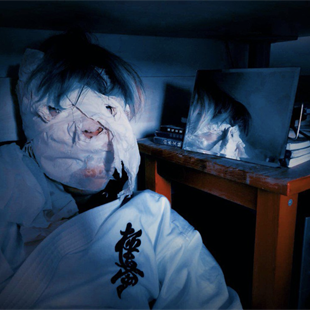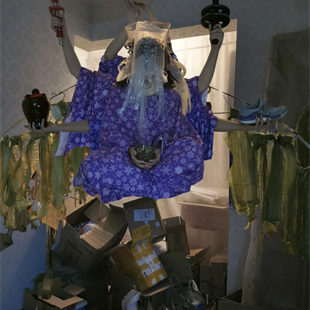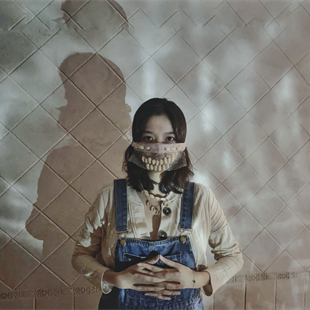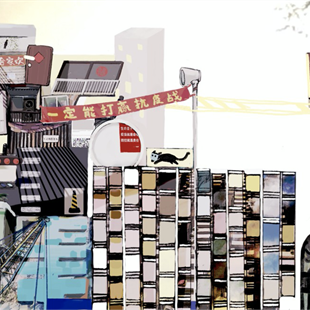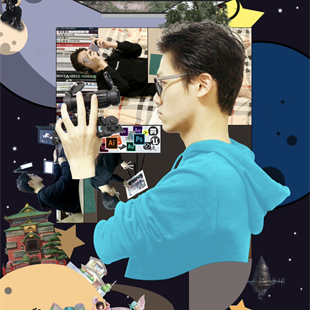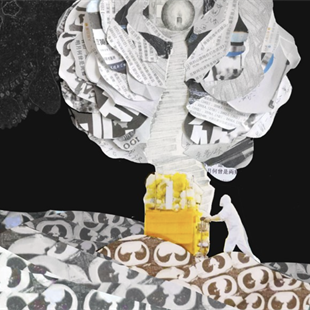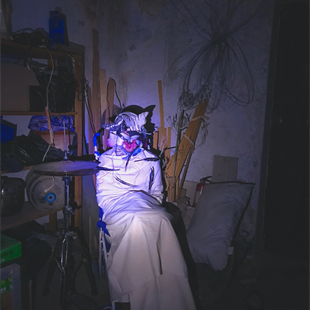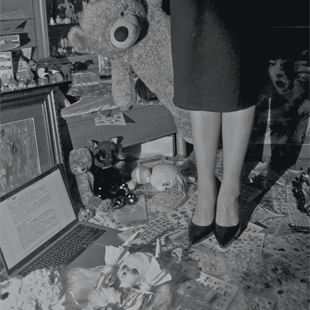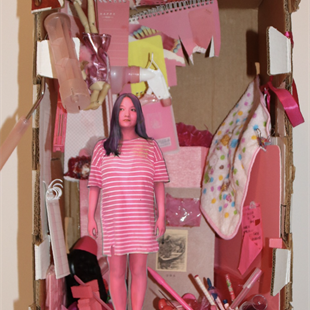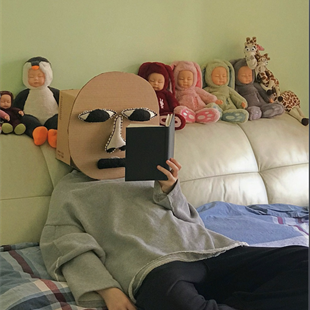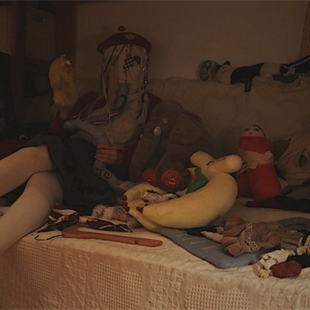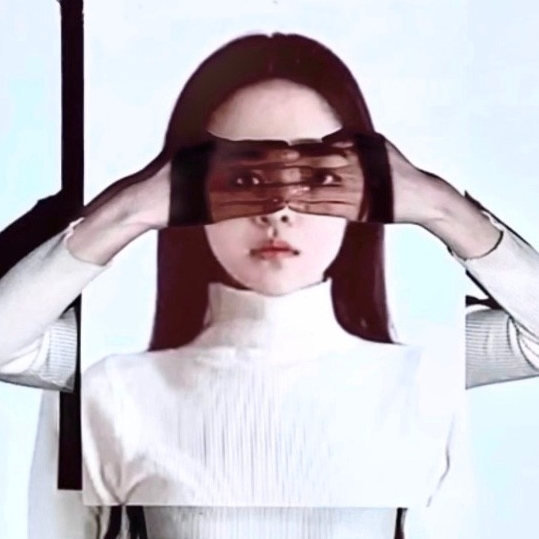
Editor’s note:
The pandemic aroused by COVID-19 has changed the modes of production, transportation and life style of the whole of society, which also directly affects the teaching methods between teachers and students in schools. Recently, many colleges and universities have started “online classes” across the country.
When we watch the realistic online teaching classes, the significance behind them is undoubtedly rich: will online teaching bring new opportunities or challenges to art education? How should an art academy conduct online classes? How should art courses that emphasize technical training and face-to-face communications adapt to this new situation? What impact will it have on the traditional education model?
Therefore, CAFA ART INFO will successively launch a series of “online classes” to showcase the state of various teachers and students, to analyze the educational value of online classes plus open a broader discussion.
In this session, we will introduce the course "The Original Modelling" brought up by Chen Mingqiang, the lecturer of the School of Experimental Art at CAFA and a group of freshmen. These young faces come from various areas and are full of curiosity. How would they accept the observation method and thinking training of "The Original Modelling?" How to highlight the purpose and effect of the course training based on online teaching? Let's see how this class encourages and inspires students' "delicate emotions" and "big propositions.”
The Script of the Online Class
According to the content of the interview with Chen Mingqiang
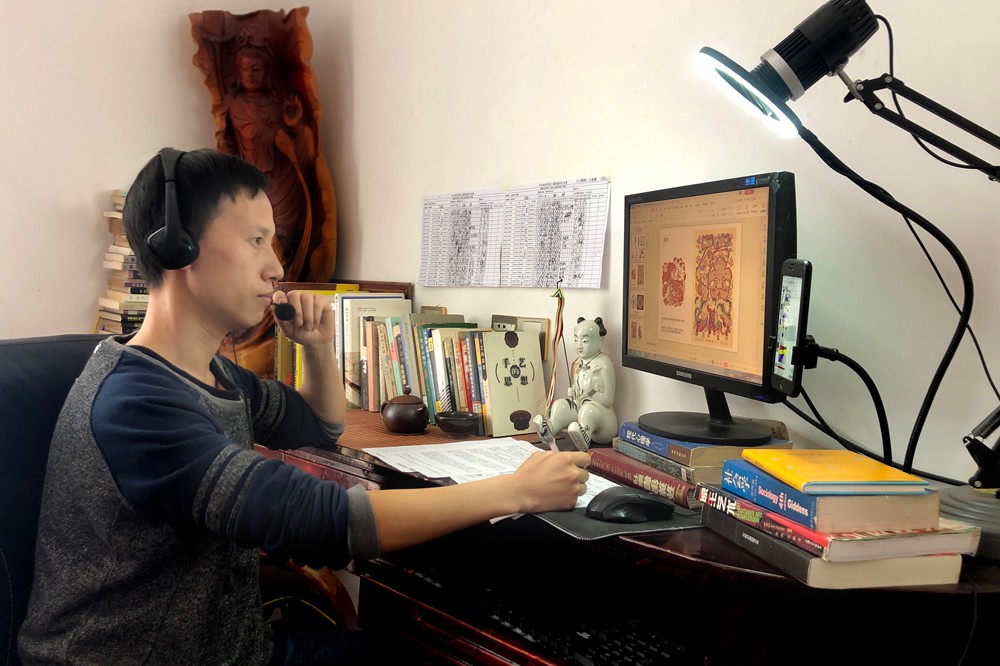
Chen Mingqiang was teaching online at home in Nanping, Fujian.
"The Original Modelling" is a basic specialised course in the School of Experimental Art at CAFA that has been maturely developed. Lyu Shengzhong, Wu Jian'an, Yu Fei, Wang Yuyang, Zhang Yu, and Lyu Zhiqiang and other tutors from the School have participated in teaching this course. It is the first time that I have conducted the course in an online mode. Before the beginning of the class, Qiu Zhijie, Dean of the School of Experimental Art, made some suggestions for the design of the course. Due to the impact of the COVID-19 pandemic, the diverse actual life of every student and the particularity of online teaching, I adjusted the specific arrangement of the course training.
The face-to-face teaching model in the classroom can intuitively observe the class status of the students. It is also more convenient for students to communicate and exchange experiences, which would bring about a creative atmosphere for mutual learning. The physical classroom of CAFA is more like a "painting studio" shared by classmates or a "handmade workshop" that reflects the inherited relationship between tutors and students. The creative attributes of this space will be very strong. However, the homes of the students are living spaces instead. It is difficult to form such the unique creative atmosphere of CAFA. More importantly, the physical classroom will have requirements for the language and behavior of teachers and students, so that the teaching and learning process has a sense of ritual, which reflects the awe of knowledge and art.
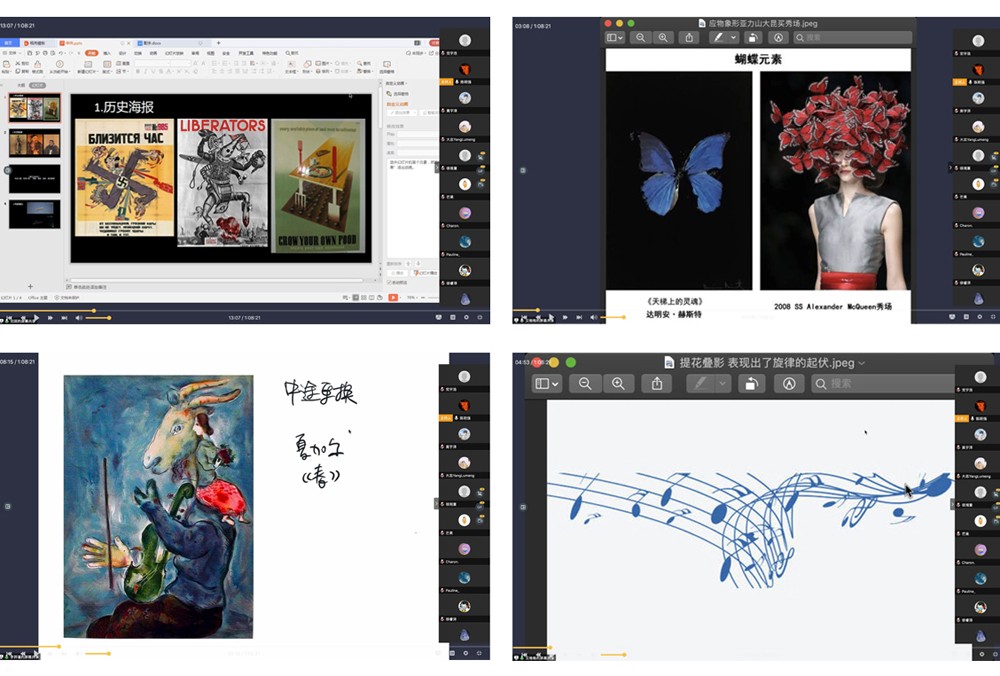
Shared Screen by Studnts - Sharing and Discussion
“As the bright moon shines over the sea, from far away you share this moment with me.” 1 The online course can enable a number of people in various places to engage at the same time. It breaks the gap brought up by the spatial distance and allows for an exchange between images, videos, voices and texts to become more convenient. Although the technology of the multimedia network information is very popular in our social life, during this network teaching, I found that if teachers and students use live video at the same time, many students will still have the phenomenon of temporary connection-losing. In order to ensure every student’s effective acceptance of the teaching content and engage in the discussion reasonably, we introduce the use of microphone equipment into the course. Home is a space for private life. Students have a lot of freedom in learning online courses and creating work at home. Therefore, the acquisition of knowledge types and the construction of meanings of behaviour are more dependent on the consciousness of students to learn independently.
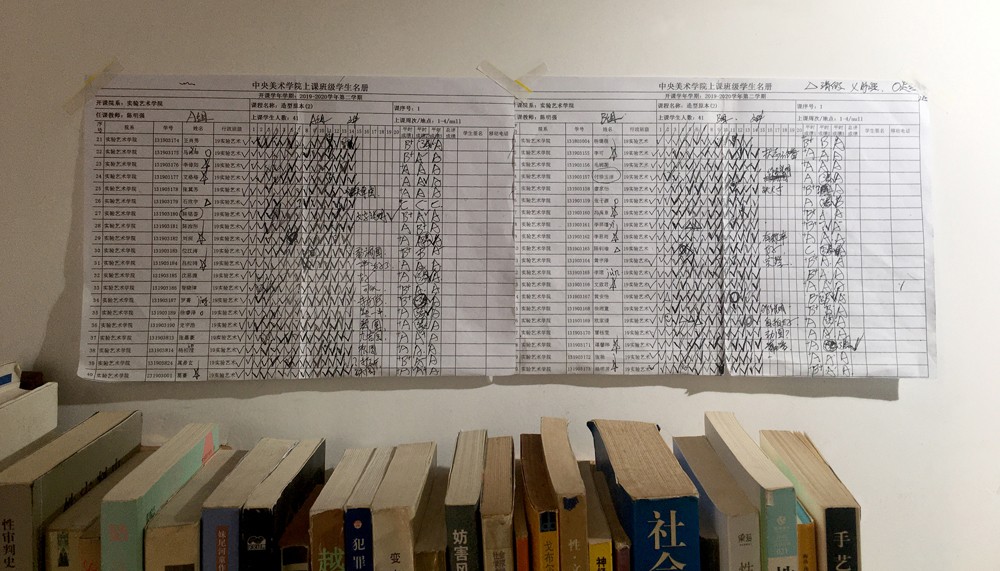
View of Attendance Sheet
"No one can be left." This is the management principle that I adhere to in online teaching. Forty students are scattered in different provinces and cities in the country. I have always been worried about "teaching accidents" during the online course. I am concerned that the content of the course cannot be delivered to every student. Moreover, I am worried that students were challenged to find creative status in their homes. However, judging from the four-week teaching situation, most of the students were in a good creative state at home, and even many parents have participated in the creative practices of the subject. The students want their art creation to be understood by more people. Starting from the people around them is a good choice.
The Brief Introduction of the Online Class

Textbook of "The Original Modelling"
"The Original Modelling" is a course of various modelling training starting from different observation methods and ways of thinking. That is to say, the different observation methods and thinking methods lead to different styling results. The essence of modelling is that the position and method of human visual experience determines the result of modelling. In terms of modelling method, it emphasises the difference from the "unusual" so-called scientific observation and cognition method. The course encourages students to dip into more modelling possibilities, try more ways to understand the object and establish a more dynamic modelling understanding.
Tutor:
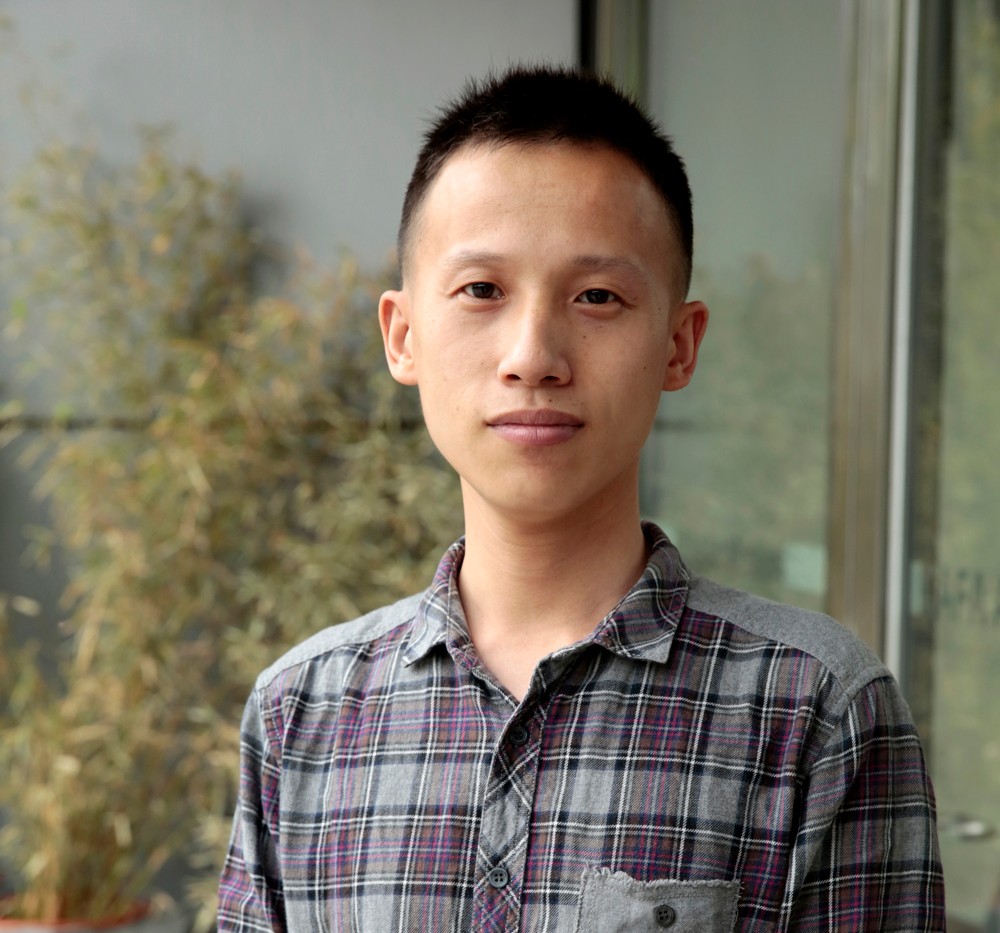
Chen Mingqiang, Lecturer of the School of Experimental Art at CAFA. His professional courses include “The Original Modelling,” “The Artistic Expression of Found Objects,” “Visual Methods,” and “Family Aesthetics Investigation.”
Basic information of the tutor and students
Tutor:Chen Mingqiang
Duration:2020.02.25-03.22, Four Weeks
Students:Freshmen of the School of Experimental Art 2019, 40 Students
Dang Yuhao, Li Ke, Mao Wanheng, Fu Zhenyujie, Liao Jiayi, Zhang Zixiao, Feng Yuzhang, Li Yijin Li Siyu, Chen Zhaoyu, Huang Yuze, Li Jun, Wen Zhijun, Huang Anyi, Xu Xiangtong, Ou Jiayuan, Qin Yuwen, Tan Xinye, Zhang Chi, Yang Mingju, Wang Xiaonan, Ma Yikun, Li Zhuoyang, Ai Gege, Zhang Jisu, Shixinyu, Chen Minghui, Chen Zhitong, Liu Run, Wei Jiangtao, Lyu Songhong, Shen Siyuan, Zhi Xiaolv, Luo Jing, Xu Ruize, Zhang Jiahao, Yang Baiying, Wan Xixuan, Geman,Yang Lumeng
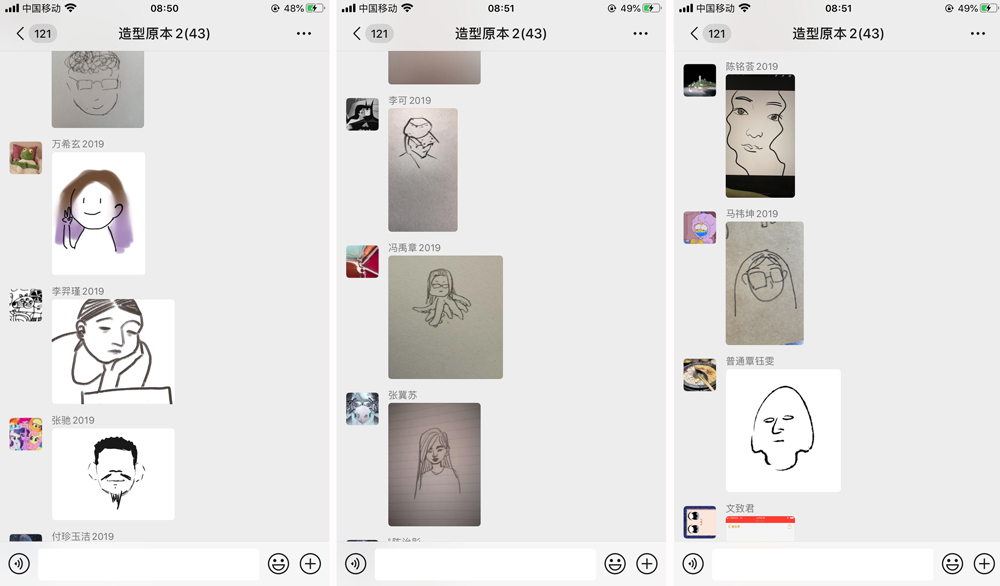
One Minute Practice on the Class
“The Original Modelling”
"The Original Modelling" intends to encourage students to attempt diverse observation methods and form a thinking experience from another perspective. It uses "normal eyes," which means the normal way of observing and recognising the world, objects and events, exploring the reasonable possibilities of modelling. Primitive art, folk art, children's drawings, and many modelling programs of traditional Chinese art are all based on this visual way of understanding the world, objects, and events, resulting in shapes that are very different from the "scientific" observation method. What matters is the method, while the method does not mean a good or bad result of the modelling.
Through the training of the course, students not only got rid of the uniqueness of the "scientific" cognition method in modelling, but also got training in thinking and observation methods, as well as realised the freedom of visual expression brought by the diversity of modelling methods. Thus, students would no longer stick to the original experience-based inertia of "focus perspective." By doing so, they will lay a solid foundation for the extension and development of art practice in the future.
Introduction to the core training of the four-week course
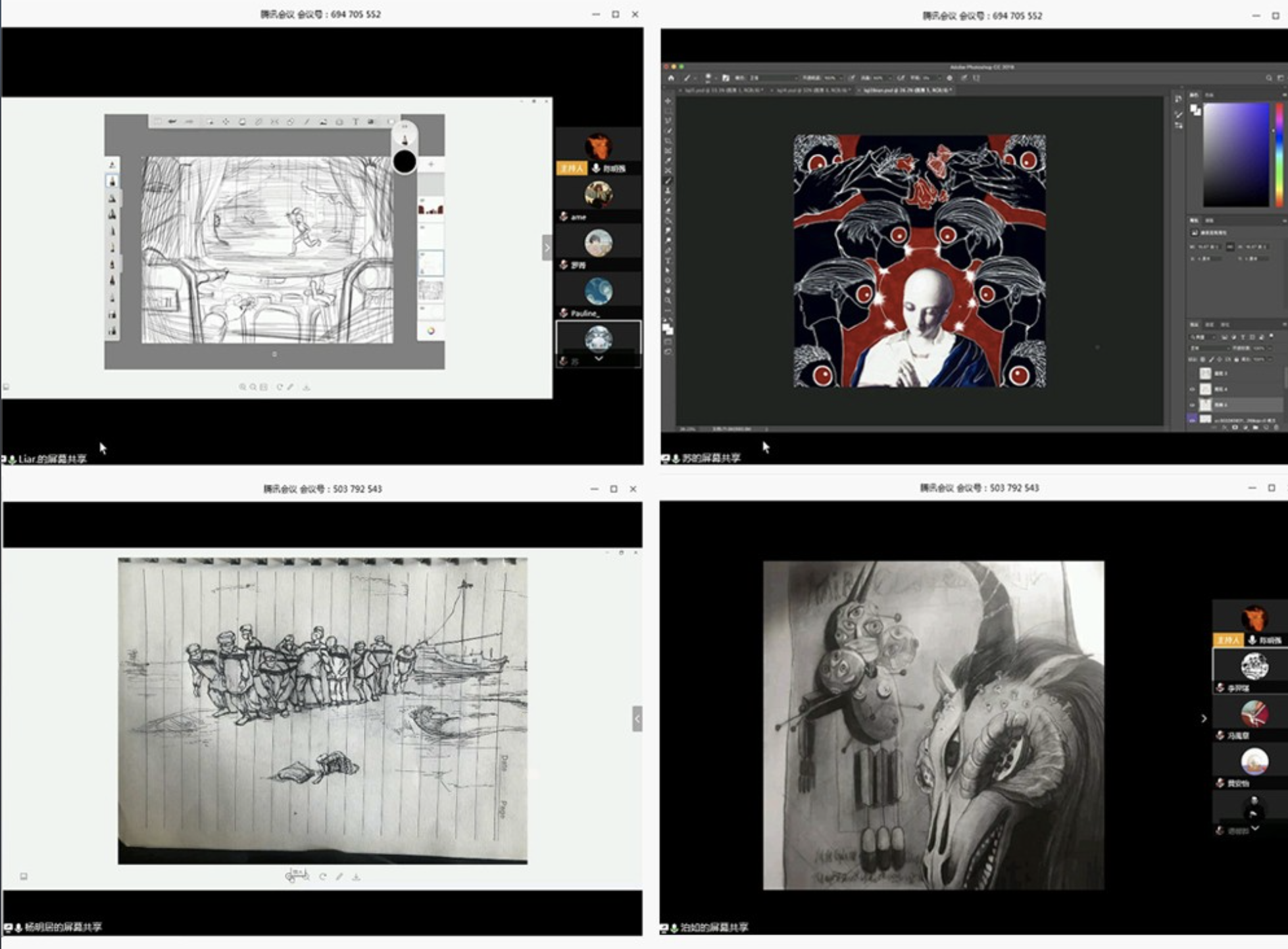

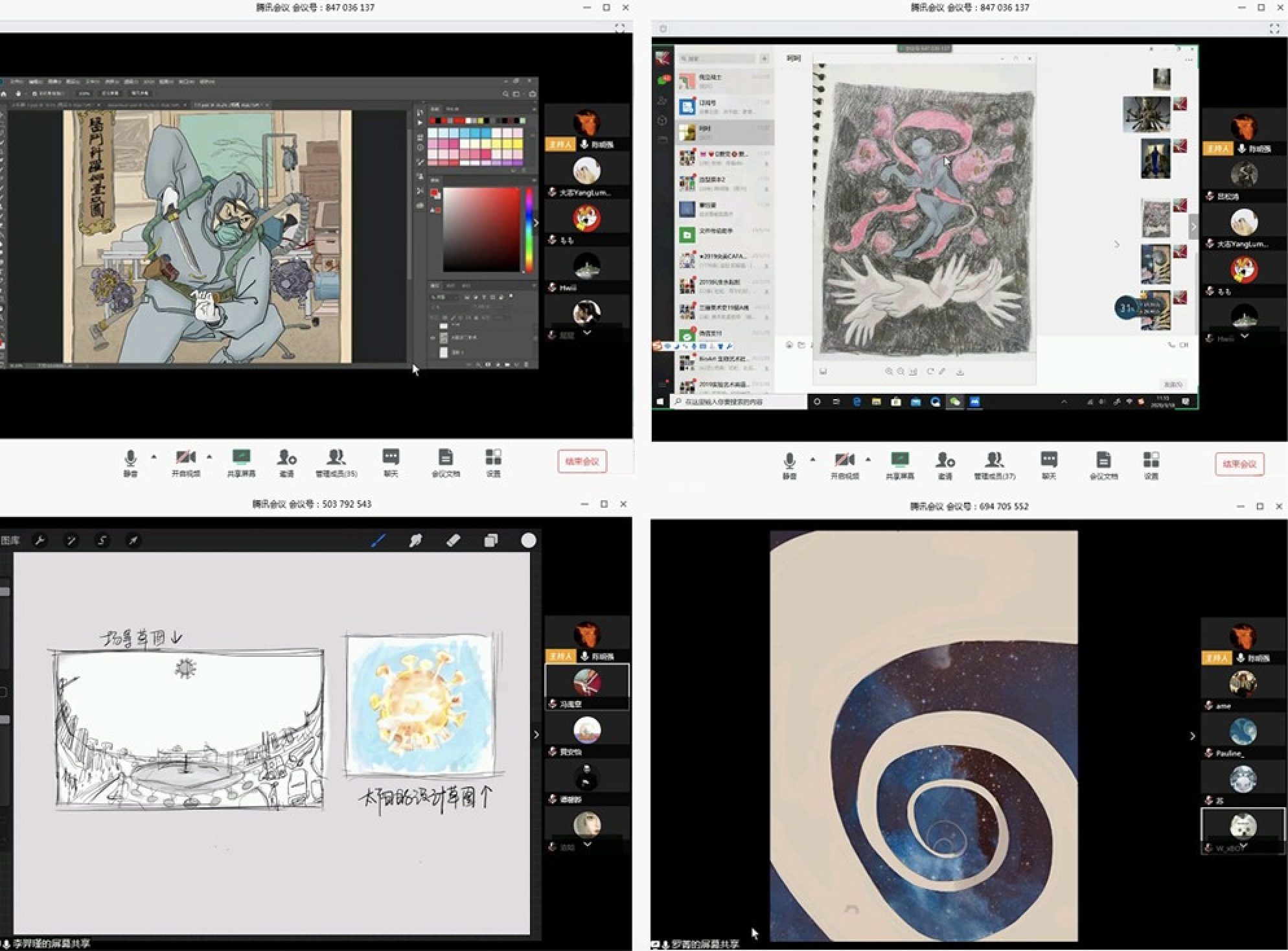

"Association and Illusion" Draft and Process
Association and illusion are the representation caused by the visual association of objects being expressed. In the contradiction between the naked eye and the mind, reality and ideal, subjective and objective, the transformation and unification are completed through modelling. The direction of association and illusion sometimes depends on people's attitudes towards the object, which is affected by historical culture, social context, and the breadth and depth of the subject's understanding of the object. The purpose of modelling is derived from the real inner expression needs. It can be "small emotions" or "big propositions". The course focuses on the theme of the "pandemic situation," and introduced the "association and illusion" modelling methods for subject creation training. Each student draws a flat assignment. Due to the particular situation during the pandemic, the task can be finished on either paper or digital equipment.
We are all "the other" of each other. There is a mirror reflecting both ourselves and others. We are all connected with each other. In this process of reflection and interaction, we can't break any of these connections. Any existence is our context, and all these connections jointly constructed this context. Each student uses the objects in their current living space, taking the "mask" as the theme. By referring to the descriptions of their classmates, combining the living space and using photography tools to present their "image," students are encouraged to express the image of themselves, personality and some characteristics of hobbies, or the state of life during the epidemic. In the process of subject training, we strived to overcome passive plagiarism on the surface of objective entities. Instead, we emphasised the subjective initiative in visual sensation expression. Through distancing ourselves from the appearance, students could get closer to the inner essence of the sensation.
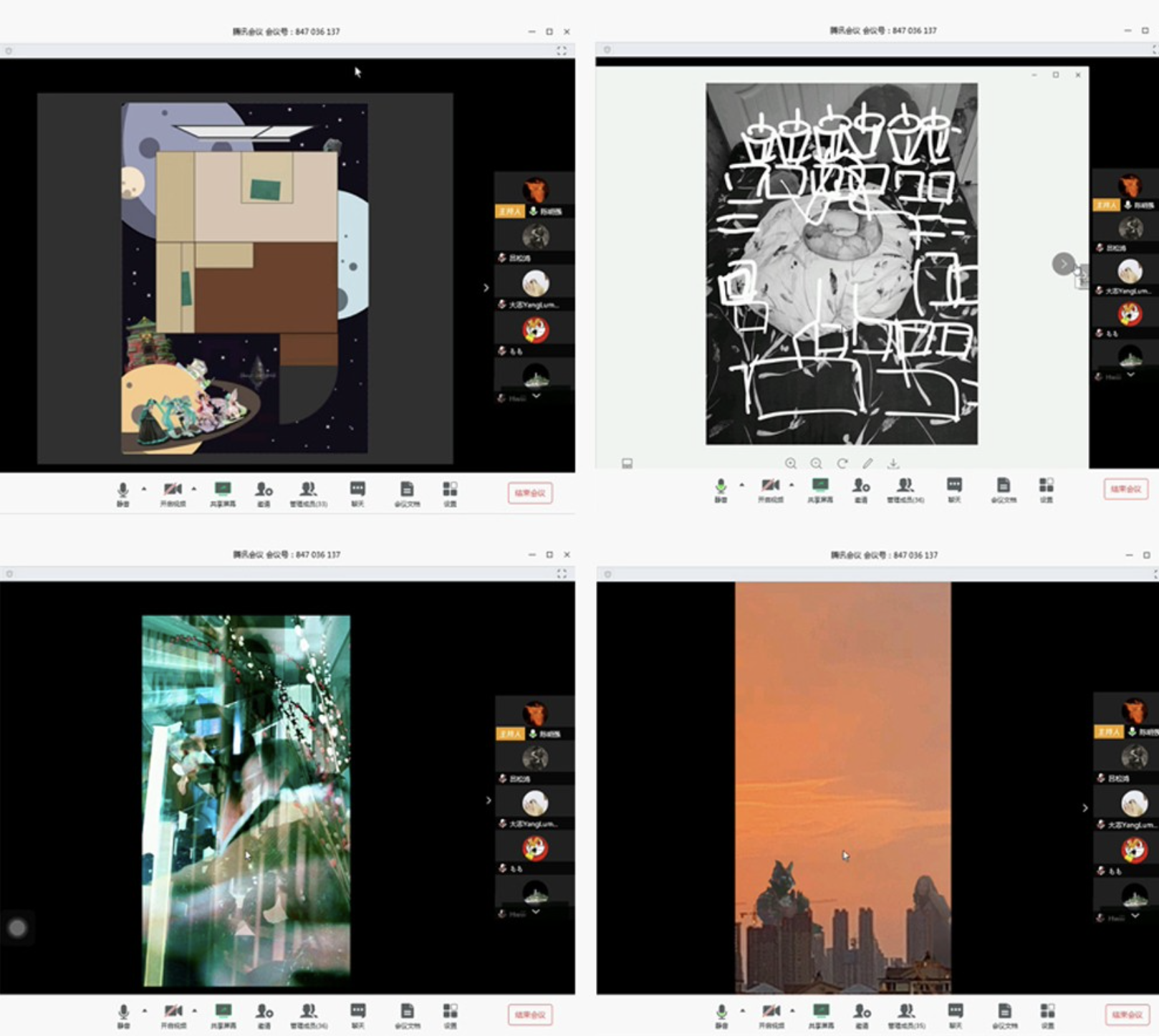

"Association and Illusion" Draft and Process
Note:
1. The English version of “VIEWING THE MOON, THINKING OF YOU” referenced the translation by Zhang Jiuling. Posted on Chinadaily, September 4, 2014.
http://language.chinadaily.com.cn/trans/2014-09/04/content_18540802.htm
Accessed on April 27, 2020.
Text and image courtesy of Chen Mingqiang and the students.
Edited by Zhang Yizhi (CN)
Translated by Emily Weimeng Zhou
Edited by Sue (EN)


